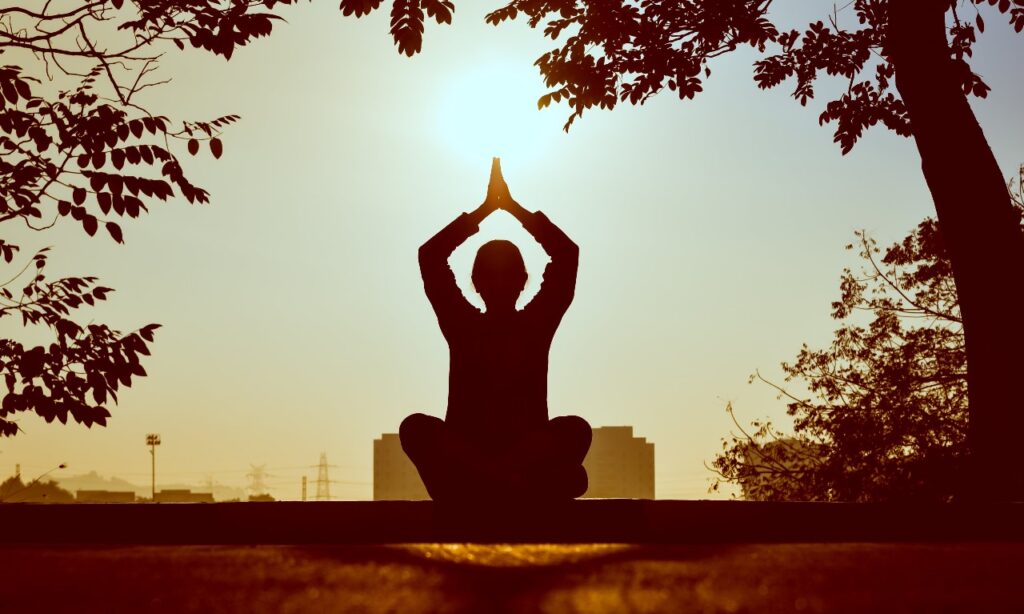The human body is a complex and interconnected system, and at the center of it all lies the core. While many are familiar with traditional core exercises targeting surface muscles, delving into deep core exercises brings about a transformative approach to strength, stability, and overall well-being.
Table of Contents
Understanding the Importance of Deep Core Muscles
Overview of Different Deep Core Muscles
Our core is more than just the visible abdominal muscles; it includes a network of deeper muscles that play a crucial role in providing support and balance.

Importance of Targeting Deep Core for Overall Stability
Deep core muscles are the foundation for every movement, offering stability and preventing injuries. Understanding their significance is key to unlocking the full potential of your fitness journey.
Unlocking the Benefits of Deep Core Exercises
Improved Posture and Balance
Discover how deep core exercises contribute to a better posture and enhanced balance, positively impacting your day-to-day activities.
Reduced Risk of Back Pain
Explore how strengthening your deep core can alleviate back pain, a common concern for many individuals, leading to a more comfortable and active lifestyle.
Enhanced Athletic Performance
Whether you’re an athlete or a fitness enthusiast, incorporating deep core exercises can take your performance to new heights. Uncover the secrets to athletic excellence through targeted training.
Diving into Different Types of Deep Core Exercises
Isometric Exercises
Learn about isometric exercises that emphasize static muscle contraction, a fundamental aspect of deep core training.
Dynamic Exercises
Explore dynamic movements that engage deep core muscles, adding variety to your workout routine and maximizing results.
Incorporating Deep Core into Daily Activities
Discover practical ways to activate your deep core muscles throughout your daily life, turning routine tasks into opportunities for strengthening.
Perfecting Form and Techniques for Effective Results
Emphasizing the Importance of Correct Form
Master the art of proper form to maximize the effectiveness of your deep core exercises and prevent injuries.

Common Mistakes to Avoid During Deep Core Exercises
Identify and rectify common mistakes that may hinder your progress, ensuring a safe and productive workout session every time.
Embarking on a Sample Deep Core Workout Routine
Beginner-Friendly Exercises
For those new to deep core training, here’s a step-by-step guide to get you started on your journey to a stronger core.
Intermediate and Advanced Variations
Take your deep core workout to the next level with intermediate and advanced exercises, challenging your body and pushing your limits.
Integrating Deep Core Exercises into Your Fitness Routine
Tips on Combining with Other Workouts
Discover how to seamlessly integrate deep core exercises into your existing fitness routine, enhancing overall strength and endurance.
Frequency and Duration Recommendations
Understand the optimal frequency and duration for deep core workouts, striking the right balance for sustained results.
Overcoming Challenges in Deep Core Training
Addressing Common Difficulties
From time constraints to lack of motivation, tackle common challenges head-on with practical solutions to keep your deep core journey on track.
Progress Tracking and Setting Realistic Goals
Establish a roadmap for success by setting achievable goals and tracking your progress, staying motivated throughout your deep core training.
Dispelling Myths: The Relationship Between Deep Core and Six-Pack Abs
Clarifying Misconceptions
Separate fact from fiction as we debunk myths surrounding deep core exercises and their impact on achieving those coveted six-pack abs.
How Deep Core Exercises Contribute to Abdominal Aesthetics
Understand the role of deep core workouts in sculpting a strong and aesthetically pleasing midsection, beyond just the surface muscles.
Tailoring Deep Core Exercises for Specific Conditions
Workouts for Individuals with Back Issues
Customize your deep core routine to address back issues, providing relief and support for those with specific concerns.
Considerations for Pregnant Women and Seniors
Adaptations and precautions for pregnant women and seniors to safely incorporate deep core exercises into their fitness routines.
Incorporating Deep Core Training in Rehabilitation
Deep Core Exercises as Part of Physical Therapy
Explore how deep core training plays a vital role in rehabilitation, aiding individuals in their journey to recovery.
Rehabilitation Success Stories
Real-life stories of individuals who have experienced the transformative effects of deep core exercises as part of their rehabilitation process.
DIY Deep Core Workouts at Home
Minimal Equipment Options
For those preferring to exercise at home, discover simple yet effective deep core workouts that require minimal equipment.
Creating a Home-Friendly Routine
Design a deep core workout routine that fits seamlessly into your home environment, making fitness accessible and convenient.
Delving into the Science Behind Deep Core Activation
Muscle Engagement and Physiological Benefits
Gain insights into the science behind deep core activation, understanding how it positively impacts muscle engagement and overall physiological health.
Research Studies Supporting Deep Core Training
Explore relevant research studies that substantiate the effectiveness of deep core exercises in promoting health and well-being.
Nutrition and Deep Core Health
Nutritional Support for Muscle Recovery
Learn about the role of nutrition in supporting deep core
Frequently Asked Questions (FAQs)
What do deep core exercises do?
Deep core exercises target the muscles beneath the surface, enhancing stability and support. They contribute to improved posture, reduced back pain, and increased overall strength, benefitting various aspects of your daily life and fitness performance.
What does the deep core include?
The deep core comprises more than just visible abs. It includes muscles like the transverse abdominis, multifidus, and pelvic floor muscles. These play a pivotal role in providing foundational support, balance, and preventing injuries.
Do deep core exercises shrink the waist?
While deep core exercises primarily focus on strengthening muscles and improving stability, they can indirectly contribute to a more toned appearance. However, spot reduction is a myth; a holistic approach combining exercises with a healthy diet is key to achieving a trim waistline.
How often should you train the deep core?
The frequency of deep core training depends on your fitness level and goals. For beginners, 2-3 times a week is recommended, gradually increasing as you progress. Consistency is crucial, but listen to your body, allowing sufficient rest between sessions to promote recovery and prevent overtraining.





